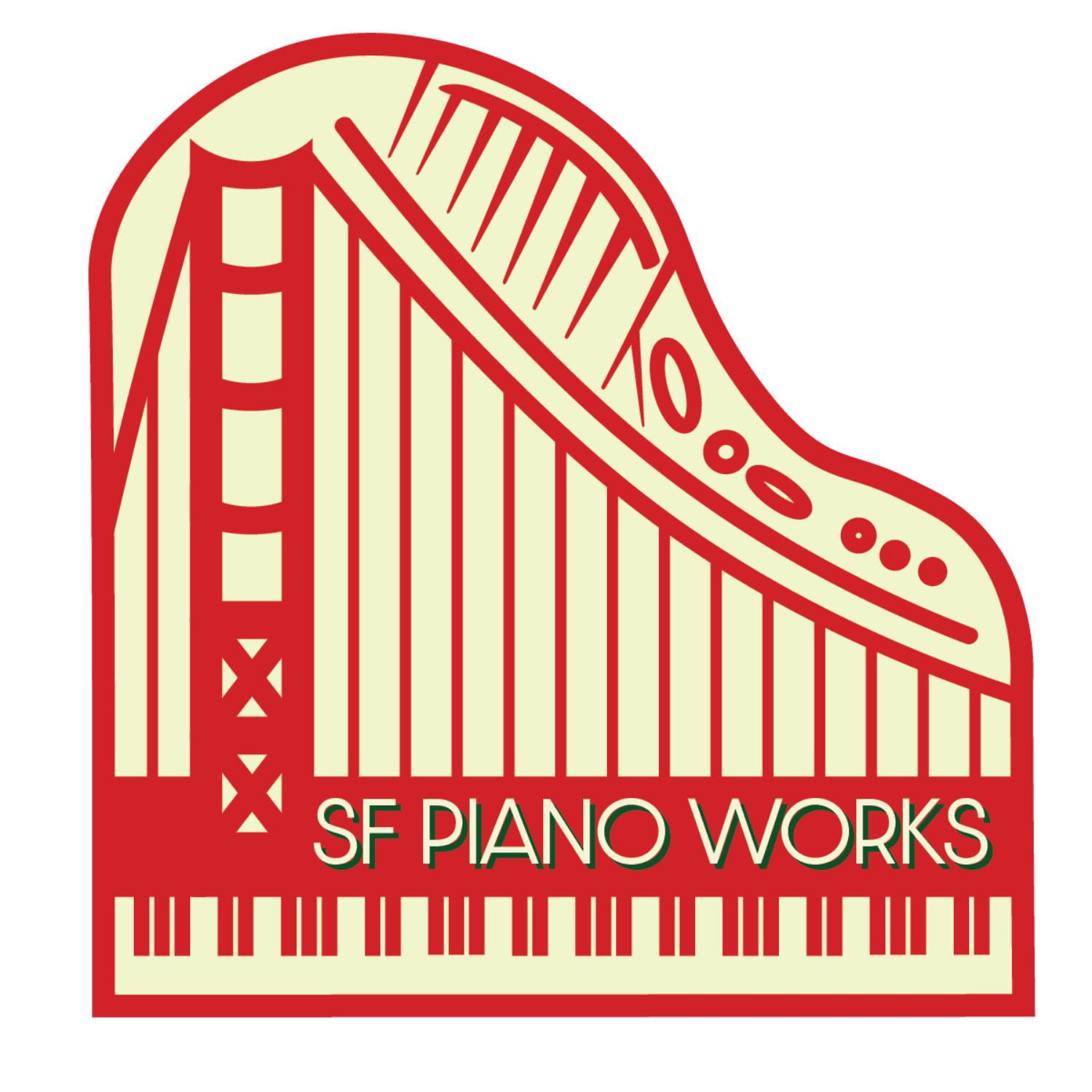
Digital Player Pianos: A Brief History

Posted on December 8, 2024
The first digital solenoid activated player pianos were developed by Teledyne in the early 1970s. The resulting PianoCorder retrofit kit was marketed by Sony/Marantz and used an encoded cassette tape to drive the solenoids to play old player piano roll music. The system was also capable of recording. In 1979 Gary and Kirk Burgett became a US franchisee and began retrofitting pianos out of their Nevada City, CA shop.
In 1987 Yamaha purchased the PianoCorder system, and ceased production of the retrofit kit. One year later -in 1988 - they introduced the world to the Disklavier MX100, built into the world renowned Yamaha U1 48" upright. Meanwhile, the Burgett brothers - who had been busy developing a new product to sell sine the loss of the PianoCorder franchise - introduced PianoDisc in 1989.
On the other side of the country in Pennsylvania, QRS Technologies was working on their own system. Founded by Melville Clarke in 1900 as a player piano company, QRS is the only manufacturer of old style piano rolls today (even in 2025!). In 1989 they released their first Pianomation system, which has been rebranded as the PNOmation.
In Europe, Vienna's Bösendorfer had engaged California native Wayne Stahnke - the grandfather of digital player pianos - to develop a highly refined system for one of the world's most expensive and monstrous pianos: The Imperial Grand. Owned by Kimball International at the time, the first model 290SE recording and playback system was delivered in 1978. Ultimately licensed by Bösendorfer, 37 290SEs were delivered between 1984 and 1987. The 9'6" Bösendorfer 9 Model 290 Imperial Grand is not only longer than most pianos, it's wider, featuring 97 keys instead of the traditional 88.
While PianoDisc and QRS continued to refine their aftermarket systems, Yamaha did the same with their factory installed Disklavier. Designed for multiple uses, these systems were marketed to schools, private homes, hospitality, performers, and recording studios. One system however was still being produced which could play back almost any manufactures' music: The LX System by Wayne Stahnke. Mr. Stahnke spent two years in Hamamatsu, Japan in 1989-1991 working with Yamaha engineers on their Disklavier, but he continued to research, develop, and manufacture reproducing pianos on his own.
The lone major US holdout was Steinway. "If it has a cord, it isn't a Steinway" they used to say. Of course Steinway made reproducing players in the past, and they did have cords. After the purchase of Steinway by NY Hedge Fund Paulson & Co. In August of 2013, the new owners purchased LX Systems from Mr. Stahnke. Steinway’s Spirio system was introduced in 2015.
If you're in the USA, your options for player pianos which are reliable and fully functional are:
- Yamaha Disklavier Systems: Factory Installed, upgradable, featuring recording, playback, 38+ Radio Stations, TV, Remote Playing, 29,000+ song library
- Steinway Spirio: Record and Playback, recordings are of Steinway artists; no accompaniment. Available exclusively on the Steinway M, B, and D. Add $29k for playback, $48k for recording.
- QRS: Installed in their own Story & Clark pianos, and many pianos at their factories. Retrofit kit to convert pianos into players Are also available. After-market installations start at around $9000 and go up to $15,000.
- PianoDisc: Retrofit kit to convert pianos into players. Prices are similar to QRS.
So those are the basics. Stay tuned for more player piano posts on content storage, service, upgrades, and more!
Request a Piano Service
If you’re not ready to book a piano service, or have some questions, owner Vince Chambers would be happy to jump on a quick call with you.
